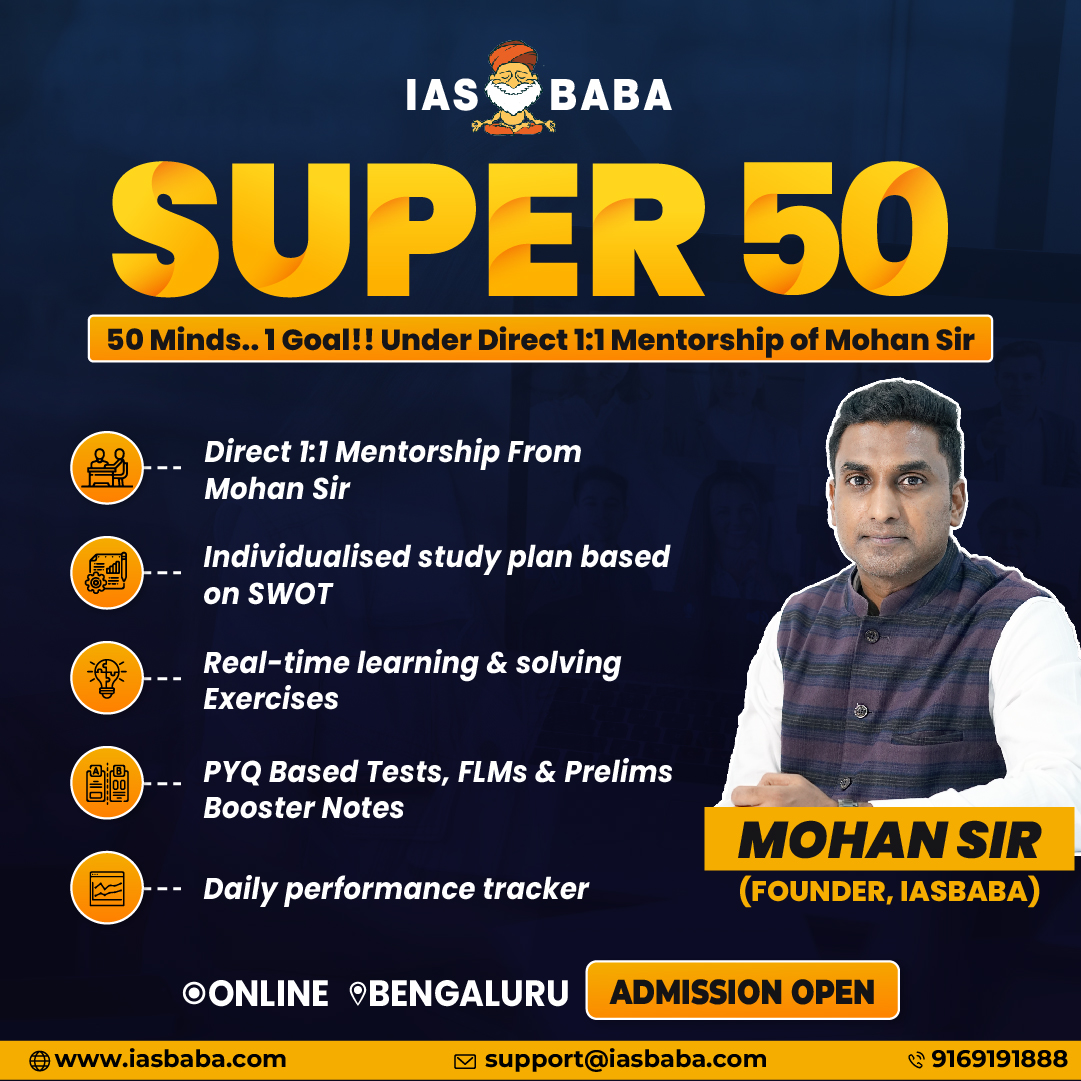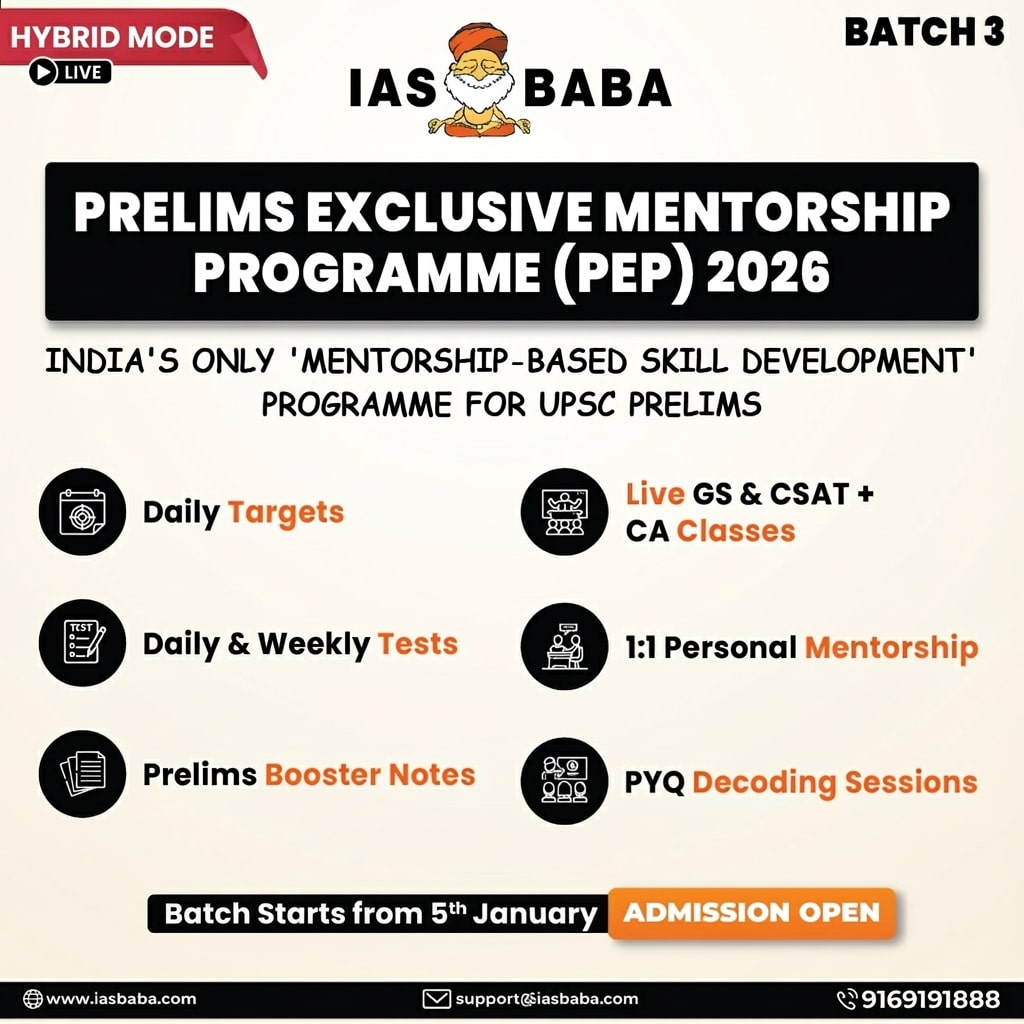Governance, TLP-UPSC Mains Answer Writing
Q. 3. The NHRC is often described as a ‘toothless tiger’ due to its limited enforcement powers. Critically examine the structural and functional issues hampering its effectiveness and suggest reforms. (150 words, 10marks)
Introduction
The National Human Rights Commission (NHRC) was established under the Protection of Human Rights Act, 1993 to safeguard fundamental freedoms. However, former Chairperson HL Dattu termed it a “toothless tiger,” highlighting its limited capacity to enforce rights effectively despite a broad mandate.
Body
Mandate and Powers of NHRC
- Investigating Violations: Inquires into human rights violations or negligence by public servants, suo motu or on petitions.
- Prison Visits: Visits prisons and detention centres to assess conditions and recommend improvements.
- Legal Review: Reviews constitutional safeguards and suggests better implementation mechanisms.
- Spreading Awareness: Promotes awareness, literacy, and research in the field of human rights.
Structural and Functional Issues
- Non-Binding Recommendations: NHRC’s recommendations are advisory in nature, leading to poor compliance and limited deterrence.
- Opaque and Delayed Appointments: GANHRI deferred NHRC’s accreditation citing lack of transparency and diversity in appointments.
- Limited Investigative Autonomy: Without an independent investigation wing, it relies on state agencies, compromising impartiality.
- Resource and Capacity Deficit: Shortage of staff and funds restricts outreach, pendency reduction, and proactive interventions.
- Restricted Jurisdiction: Cannot investigate armed forces’ actions directly and is bound by a one-year complaint window.
- Perceived Political Influence: Dominated by retired judges and bureaucrats appointed by the government, affecting its independence.
Achievements and Interventions
- Notable Actions: Suo motu action in extra-judicial killings in Manipur and police excesses in UP.
- Prison Reforms: Exposed custodial torture and overcrowding; pushed for systemic jail reforms.
- COVID-19 Response: Monitored human rights violations affecting migrants and vulnerable groups during the pandemic.
Suggested Reforms
- Make Recommendations Binding: Empower NHRC with enforceable authority in serious cases like custodial deaths, as supported by GANHRI’s 2023 review.
- Give It Investigation Powers: Permit independent investigation of armed forces and non state actors, in line with the Second Administrative Reforms Commission’s recommendations.
- Improve Member Selection: Introduce a transparent and pluralistic appointment process, incorporating civil society voices—echoing GANHRI’s accreditation concerns.
- Ensure Timely Action: Impose deadlines for completing investigations and make government compliance time-bound to improve efficacy.
- Increase Independence: Allocate an independent budget and conduct regular audits, as recommended by the ADR report and in keeping with Paris Principles.
Judicial Observation
In DK Basu v. State of West Bengal (1997), the Supreme Court affirmed NHRC’s critical role in combating custodial violence and safeguarding procedural rights.
Conclusion
To align with the UN-endorsed Paris Principles, NHRC must evolve through structural reforms. Strengthening its autonomy and enforcement power is essential to shift it from symbolic oversight to substantive rights protection.














